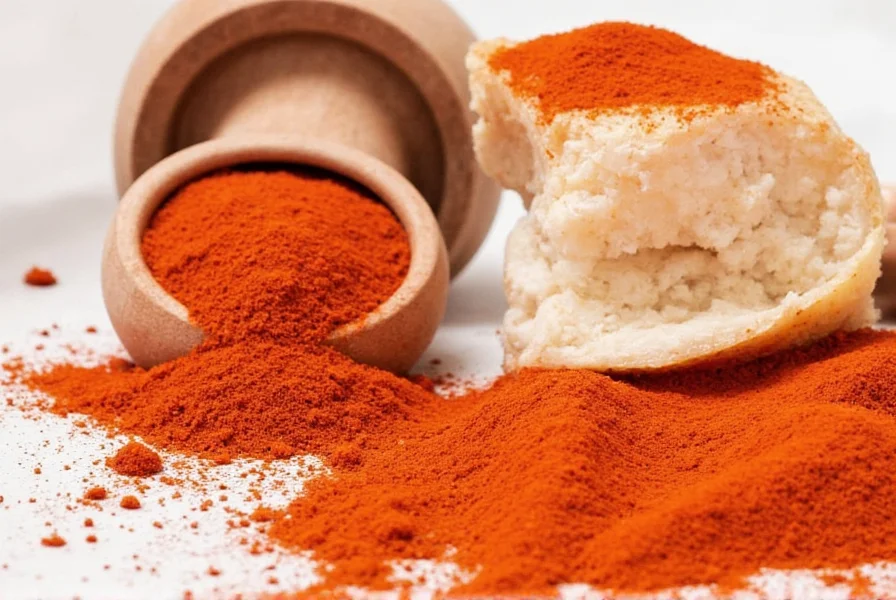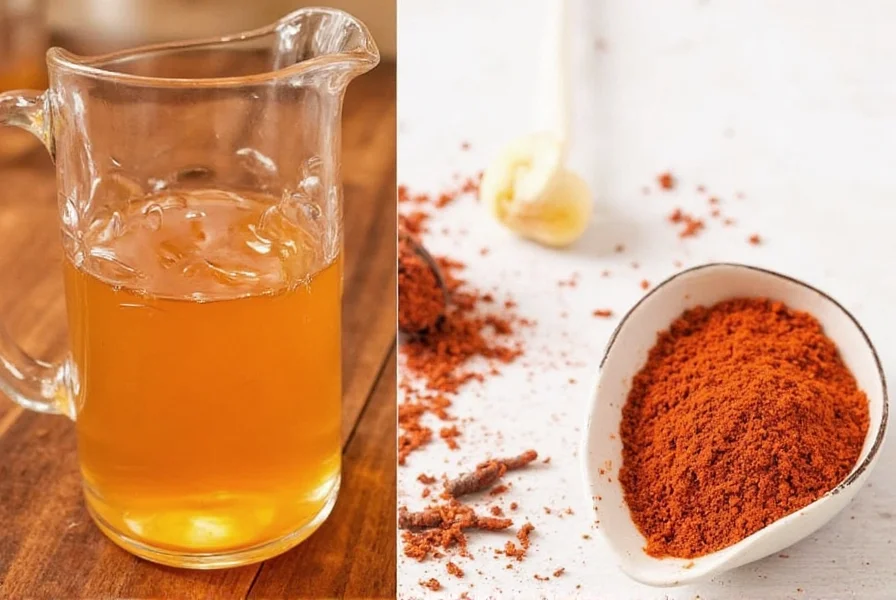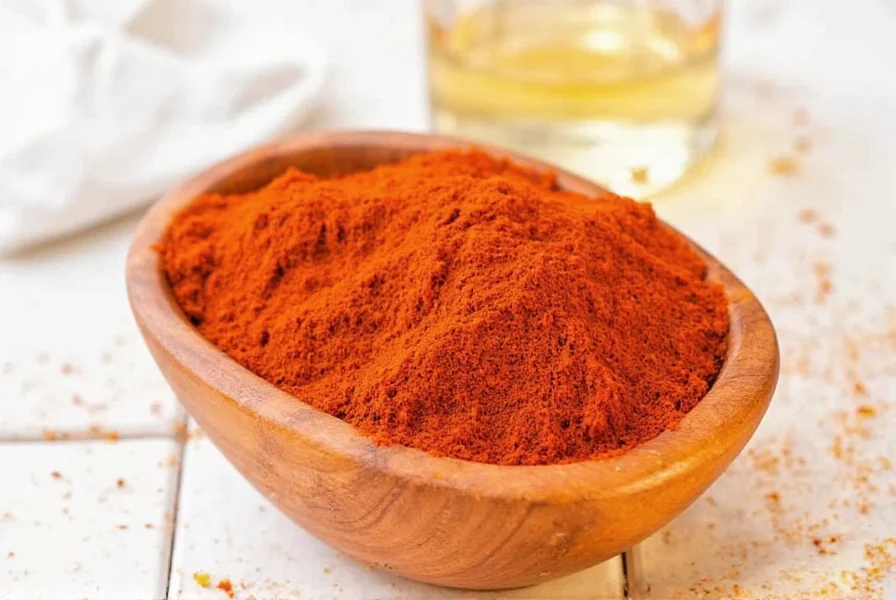For centuries, cayenne pepper and apple cider vinegar have been used in traditional wellness practices. Today, these ingredients continue to gain popularity as people seek natural approaches to support their health. Understanding what science actually says about this combination is crucial for making informed decisions.
Understanding Cayenne Pepper and ACV Individually
Cayenne pepper (Capsicum annuum) contains capsaicin, the compound responsible for its heat and many of its studied effects. Apple cider vinegar is made through a two-step fermentation process that converts apple sugars first to alcohol, then to acetic acid—the primary active component.
When exploring health benefits of cayenne pepper and apple cider vinegar, it's important to examine each ingredient's properties before considering their combined effects.

Documented Health Benefits
Research provides varying levels of evidence for different health claims:
| Benefit | Cayenne Pepper Evidence | ACV Evidence |
|---|---|---|
| Metabolism Support | Moderate: Capsaicin may increase energy expenditure by 50-100 calories daily | Limited: Some studies show modest effects on metabolism |
| Digestive Health | Emerging: May stimulate digestive enzyme production | Good: ACV can improve stomach acid levels in some individuals |
| Blood Sugar Management | Limited: Some animal studies show promise | Strong: Multiple human studies demonstrate ACV's positive effects on insulin sensitivity |
| Appetite Control | Moderate: Capsaicin may reduce hunger temporarily | Moderate: ACV consumption associated with reduced calorie intake |
How to Use Cayenne Pepper with ACV Safely
Those interested in trying the cayenne pepper and ACV drink recipe should follow these guidelines:
- Start with small amounts: 1/8 teaspoon cayenne and 1 teaspoon ACV in 8 ounces of water
- Gradually increase to a maximum of 1/2 teaspoon cayenne and 2 tablespoons ACV daily
- Always dilute ACV to protect tooth enamel and esophageal tissue
- Consume with food to minimize gastrointestinal discomfort
- Drink through a straw to protect dental health
The optimal cayenne pepper and apple cider vinegar dosage varies by individual tolerance. Most research on ACV uses 1-2 tablespoons daily, while cayenne studies typically use 30-120mg of capsaicin.
Scientific Evidence Review
When examining the scientific evidence for cayenne pepper and ACV, several important distinctions emerge:
A 2020 review in Nutrients found that capsaicin consistently demonstrated modest metabolic benefits across multiple studies, though the effects were not dramatic enough for significant weight loss alone. Meanwhile, research on ACV published in Journal of Functional Foods (2018) showed that 1-2 tablespoons daily improved post-meal blood sugar levels by 20-30% in insulin-resistant individuals.
However, limited research specifically examines the cayenne pepper and ACV for weight loss combination. Most evidence for this pairing comes from anecdotal reports rather than controlled studies.
Safety Considerations and Potential Side Effects
Understanding the potential side effects of cayenne pepper and ACV is essential for safe usage:
- Gastrointestinal irritation, especially in those with ulcers or GERD
- Esophageal discomfort from undiluted ACV
- Medication interactions, particularly with diabetes medications and blood thinners
- Reduced effectiveness of certain medications due to accelerated stomach emptying
- Dental enamel erosion from frequent ACV consumption
Individuals with gastrointestinal conditions, pregnant women, and those taking medications should consult healthcare providers before regularly using this combination. The benefits of cayenne pepper and apple cider vinegar for digestion may not outweigh risks for everyone.

Practical Application Guidelines
For those interested in incorporating these ingredients into their routine:
- Choose raw, unfiltered ACV with "the mother" for maximum potential benefits
- Use organic cayenne pepper to avoid pesticide residues
- Consume the mixture 20-30 minutes before meals for potential appetite effects
- Monitor your body's response and discontinue if adverse effects occur
- Remember that these ingredients work best as part of a balanced diet and healthy lifestyle
The how to use cayenne pepper with ACV properly involves understanding that these are complementary wellness tools, not miracle solutions. Consistency matters more than intensity when incorporating them into your routine.
Conclusion
Cayenne pepper and apple cider vinegar offer interesting potential health benefits supported by varying degrees of scientific evidence. While the combination shows promise for certain applications like digestion support and metabolic health, many popular claims exceed what current research supports. Using these ingredients in moderation as part of an overall healthy lifestyle represents the most evidence-based approach. Always prioritize safety and consult healthcare professionals when incorporating new elements into your wellness routine, especially if you have existing health conditions or take medications.
Frequently Asked Questions
Can cayenne pepper and ACV help with weight loss?
While some studies show cayenne pepper may temporarily boost metabolism by 50-100 calories daily and ACV might support modest weight management through appetite effects, neither ingredient produces significant weight loss alone. Research indicates these work best as complementary elements within a comprehensive approach including diet and exercise.
When is the best time to take cayenne pepper and ACV?
Most experts recommend consuming diluted cayenne and ACV 20-30 minutes before meals to potentially support digestion and appetite regulation. Morning consumption on an empty stomach may cause gastrointestinal discomfort for some people, so starting with smaller amounts before meals is generally safer.
How long does it take to see results from cayenne pepper and ACV?
Any effects from cayenne pepper and ACV typically require consistent use over several weeks. Blood sugar improvements from ACV may be noticeable within 1-2 weeks, while metabolic effects from cayenne might take 4-8 weeks of regular use. Individual responses vary significantly based on overall health and lifestyle factors.
Can I take cayenne pepper and ACV if I have acid reflux?
Individuals with acid reflux or GERD should exercise caution. While ACV might help some people with low stomach acid, it can worsen symptoms for others. Cayenne pepper often aggravates reflux symptoms due to its irritating properties. Consult your healthcare provider before trying this combination if you have gastrointestinal conditions.
Does the combination of cayenne pepper and ACV have any proven health benefits?
Research shows both ingredients have individual benefits: ACV demonstrates positive effects on blood sugar regulation, while cayenne pepper shows modest metabolic and pain-relief properties. However, limited research specifically examines their combined effects. Most documented benefits come from studies of each ingredient separately rather than their combination.











 浙公网安备
33010002000092号
浙公网安备
33010002000092号 浙B2-20120091-4
浙B2-20120091-4